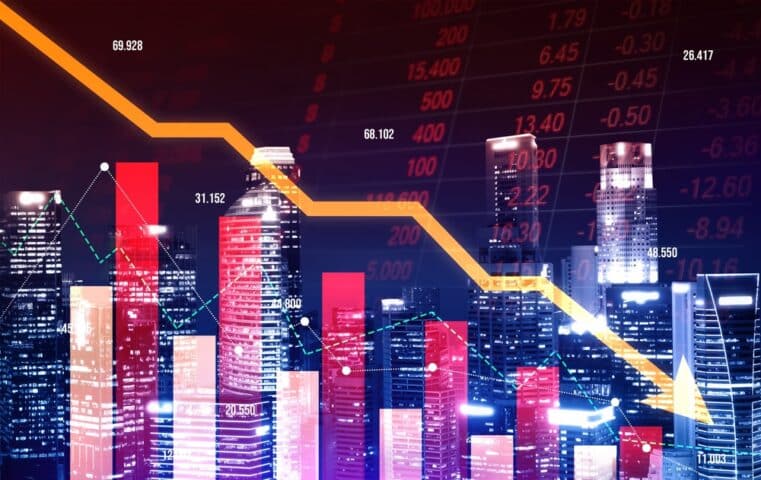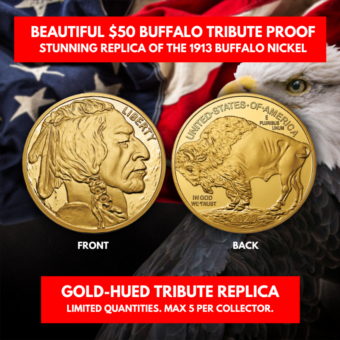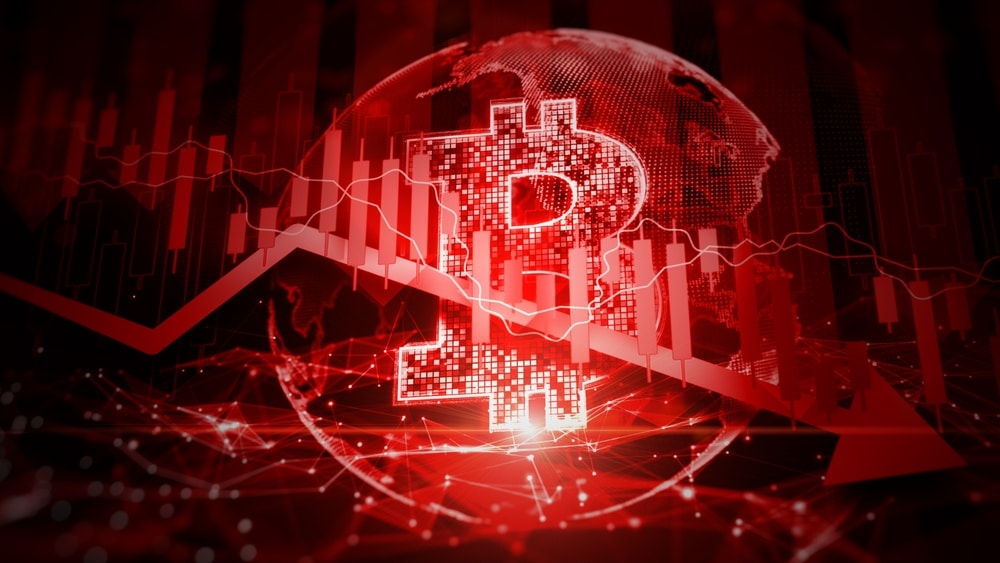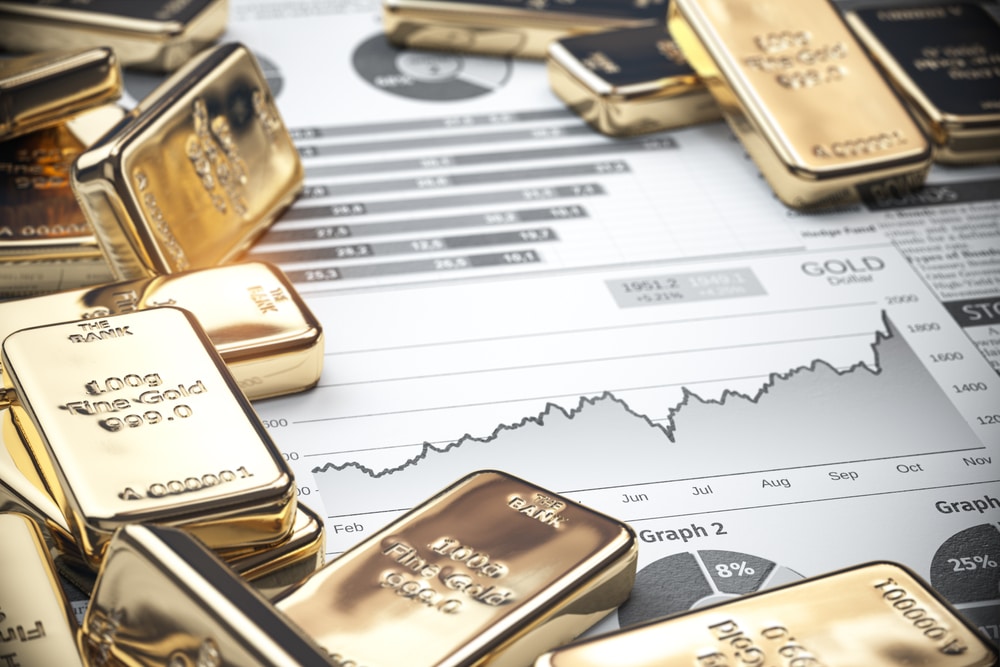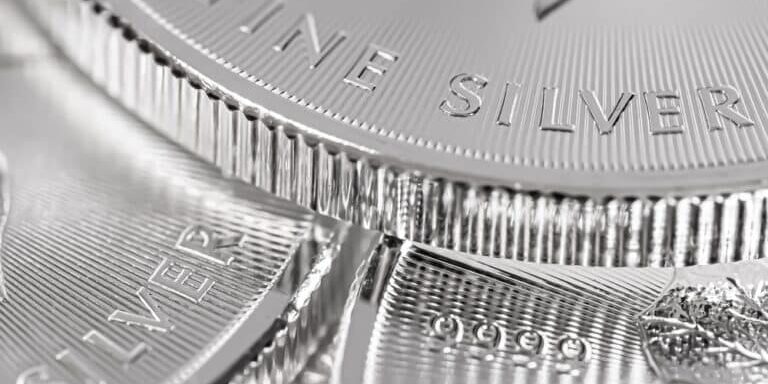
SILVER'S SECRET HISTORY: How Elites Tried to Kill It—and Why It’s Set to Explode Again
In 1970, silver traded around $1.60 an ounce. By January 1980, it touched $49.45. That’s a 30x move in under a decade—something you won’t hear about on mainstream financial news.
And the truth behind that price spike? It’s not just about speculation. It’s about broken money, desperate governments, and a public waking up to the dangers of fiat currency.
The Collapse of Real Money
Until 1965, U.S. dimes and quarters were made of 90% silver. That ended abruptly when Washington pulled silver out of the nation’s coins. Other countries quickly followed. Suddenly, decades of monetary tradition were scrapped—no more real metal in pocket change.
As governments dumped their silver stockpiles into the market, prices stayed artificially low. Collectors and everyday Americans melted coins down to preserve real value, but most people were too distracted or uninformed to notice what was happening.
Then came the next big hit: In 1971, President Nixon ended the gold standard completely. That move untethered the dollar from anything real. Now the currency in circulation was backed by nothing but faith in the government—and we all know how reliable that is.
The Silver Buyers Who Shook the System
Enter the Hunt brothers—William, Lamar, and Nelson—sons of Texas oil tycoon H.L. Hunt. Wealthy, well-connected, and deeply concerned about the erosion of American money, they believed silver was dramatically undervalued.
Starting around 1970, they began buying physical bullion and later moved into silver futures. At first, they played it cautiously. But when silver dipped in the mid-1970s, they doubled down.
By 1979, government silver stockpiles were nearly gone. The U.S. had unloaded over 3 billion ounces. Public confidence in fiat was deteriorating as inflation pushed toward 14%.
Then silver went vertical—jumping from $6 to $25 in 1979 alone. And by early 1980, it doubled again, nearing $50.
Yes, the Hunt brothers were big players. But it wasn’t just their buying. Americans were terrified of inflation and wanted protection. Silver provided a lifeline. People wanted something real.
The Crackdown
The establishment doesn’t like losing control. So when silver prices surged, the COMEX exchange stepped in. With silver near $50, they banned buying futures contracts—only sales or liquidation were allowed.
Margins were raised, triggering massive margin calls. The price collapsed to $16 by the end of 1980. The Hunt brothers, buried in futures contracts and leverage, got wiped out. Lawsuits and penalties followed. Their fortune, gone.
The official story pins the crash on them—but the reality is deeper. They were part of a much larger wave: people trying to reclaim their financial sovereignty in a system designed to keep them in paper debt.
Futures Rigged. Bullion Unbroken.
The real lesson isn’t that silver is volatile. It’s that Wall Street and Washington can manipulate paper markets at will. Futures contracts are a rigged casino where the house always wins—because the house can change the rules mid-game.
But physical silver? That’s different. That’s real.
The next silver squeeze won’t be led by leveraged gamblers. It’ll be driven by everyday people, fed up with inflation, tired of surveillance, and ready to take back control—one ounce at a time.
Buying physical bullion is a quiet rebellion. No counterparty risk. No margin calls. No banker’s permission. Just hard value in your hands.
The Setup for a Blowout Rally
Silver is still trading far below its all-time highs, even as the world teeters on another monetary cliff. With fiat printing accelerating and trust in central banks collapsing, silver remains one of the cheapest insurance policies around.
Industrial demand is surging—especially with solar panels, electric vehicles, and electronics. The supply deficit? Massive. Each year, the market consumes roughly 160 million more ounces than it produces.
Mined supply is stagnant. Recycling can’t keep up. Investment demand is only beginning to reawaken—and when it roars, there may not be enough metal to go around.
Once above-ground silver inventories dry up, spot prices will no longer matter. The only price that will count is what someone is willing to pay for your physical silver. And that number could be much, much higher than $50.
A $120 silver price isn’t some wild forecast. It’s a conservative estimate based on what’s coming: currency debasement, rising geopolitical tension, and surging industrial demand.
The Next Move Is Yours
The system won’t save you. The banks won’t warn you. And the government certainly won’t protect your purchasing power.
But silver will.
Stack physical bullion. Use trusted storage or hold it yourself. Avoid paper silver and stay away from over-leveraged futures. Look into reliable physical ETFs like Sprott’s PSLV if needed, but nothing beats the real thing.
This isn’t a drill—it’s the beginning of a monetary shift.
Download Bill Brocius’ FREE eBook: Seven Steps to Protect Yourself from Bank Failure
Stay ahead of the collapse—subscribe to Dedollarize alerts and products here
Don’t wait for another crash to realize what real money is. Own it. Protect it. And be ready.


